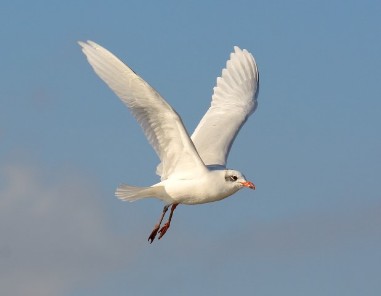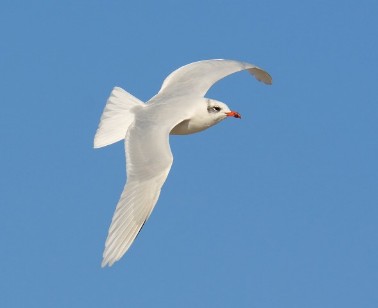Mediterranean Gull
Reports
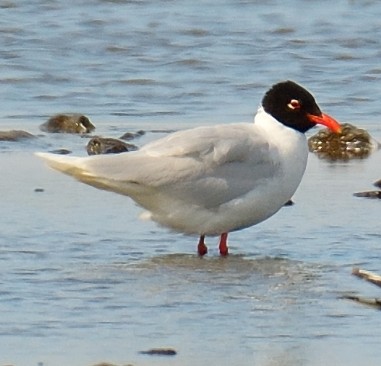
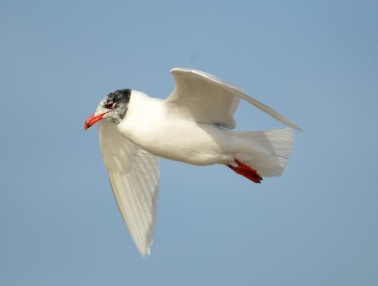
Gulls are familiar birds on Arran, the three most common species being Herring, Common and Great Black-backed Gulls. Among the more unusual gulls to appear on Arran is the Mediterranean Gull. One was recorded in May this year in Sliddery. The last previous record was in June 2015 and before that there is a record from December 1992. Not many, but they could be being overlooked.
In UK terms it used to be a rare bird. Formerly restricted to the Black Sea and the eastern Mediterranean this species has now expanded over most of Europe as far as Great Britain and Ireland. A Mediterranean Gull first bred in the UK in Hampshire in 1968. There has been a slow and steady increase in the breeding population since then, the majority in southern England. Events in Britain have mirrored those in Europe. For example, in France the breeding population increased from over 100 pairs in 1991 to nearly 1,400 pairs by 1998.
This expansion is continuing.
This is clearly demonstrated in the adjacent map which shows the changes in the winter distribution of Mediterranean Gulls in Great Britain and Ireland between the atlas of 1981-84 and the most recent atlas of 2007-11
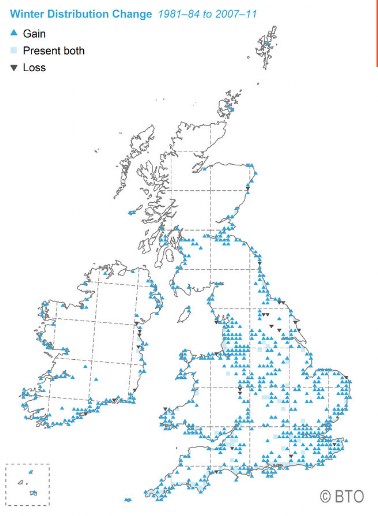
After the breeding season, Mediterranean Gulls migrate towards the Atlantic coasts and are now annually being reported in numbers along the Ayrshire coast and in the Firth Clyde, for example fourteen on Barassie shore in July 2014. From ringing information these gulls are coming from a range of areas in Europe including the Netherlands, Germany, Hungary and the former Yugoslavia.
Mediterranean Gulls are likely to be around Arran in increasing numbers and it is certainly worth checking among our familiar gulls for this gull whose success may be down its feeding habits. It is an opportunistic omnivore, eating fish, worms, scraps, insects, offal and carrion.
What to look out for? In the breeding season, a gull with a big black head and a big bright red bill. The Mediterranean Gull can be confused with the more common Black-headed Gull. A feature that can help separate the slightly larger Mediterranean Gull from the Black-headed Gull, is the extent of the black head in the breeding season. In the Mediterranean Gull the black hood extends all the way down the back of the head and nape. The Black-headed Gull has a chocolate brown head and the colour does not go down the back of the head and nape. In addition Black-headed Gull has a white leading edge to the wing, often able to be seen from a great distance. Mediterranean Gull does not have this. Adult Mediterranean Gull has a very pale grey mantle and upper-wings with white wing tips and white under-wings and it has a large, slightly drooped bright red beak bill. The non-breeding adult is similar but the hood is reduced to an extensive dusky "bandit" mask through the eye. Dennis Morrison's photos capture these features.
Check your bird book for features of non-adult birds and for more information on identifying small gulls with black heads have a look at this British Trust for Ornithology website link https://www.bto.org/about-birds/bird-id/bto-bird-id-small-black-headed-gulls
